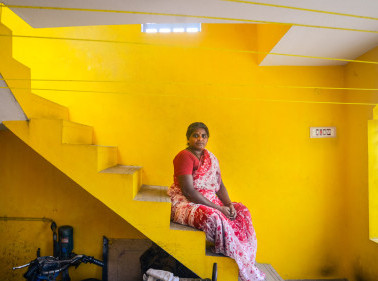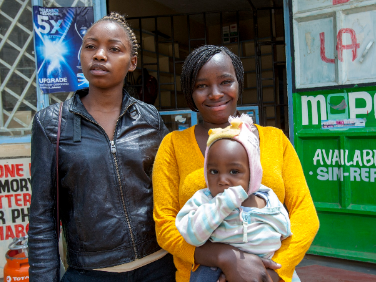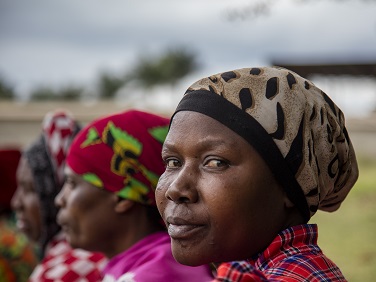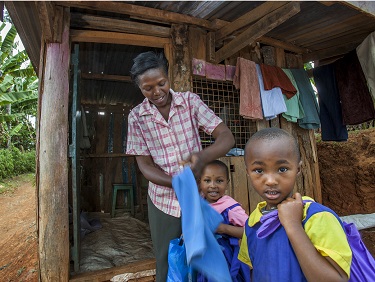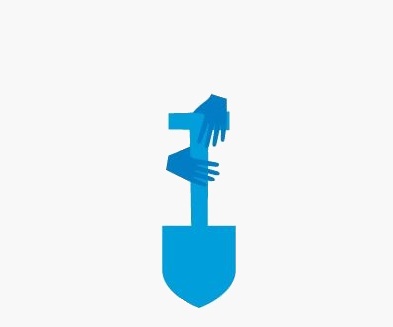
Women’s economic empowerment
Give man a fish and you feed him for a day. Teach a man to fish and you feed him for a lifetime.
Teach a woman to fish and you feed her whole family; boost her children’s health and education; cut down household poverty and vulnerability to shocks; build up her resilience to climate change and forced migration; and usher in a fairer, more just society – all while raising global GDP by roughly a quarter.
In 2020, the case for empowering women entrepreneurs is resoundingly well-evidenced. But the mechanics are less understood. On this page, we explain how it works – and why the global fight against poverty depends on it.
By the numbers
Source: Foreign Policy at Brookings. ‘A Gendered Approach to Countering Violent Extremism’. July 2014.
Amount per dollar earned that men spend on their families and communities: $0.35
Source: Foreign Policy at Brookings. ‘A Gendered Approach to Countering Violent Extremism’. July 2014.
Amount per dollar earned that women spend on their families and communities: $0.90
The problem
Women face barriers that men don’t.
Right now, in communities across the developing world, roughly 400 million women and girls live below the poverty line of US $1.90 a day, trapped by restrictive norms and attitudes that keep them from earning their own incomes, controlling their own assets and making decisions for themselves.
Inequality between men and women isn’t distinct from poverty, in other words – it causes poverty. And for as long as barriers to women’s empowerment are allowed to exist, people will go to bed hungry.
Empowering women entrepreneurs is a process – centred on business, vocational and life skills training – that helps women take control of their finances and speak up and be heard in the home. Ultimately it’s not just about money but power, and making sure women have more of both – to seize their own destinies, make themselves heard and raise the next generation out of poverty.
Meet our entrepreneurs
The solution
Beliefs that dictate what they can and can’t do. Unwritten rules that dictate where they can and can’t go. With 15-plus years’ experience in some of the world’s most challenging contexts, Hand in Hand knows what women entrepreneurs are up against.
At the very least, our programmes work to address these barriers. Sometimes that’s as simple as scheduling training so it doesn’t clash with childcare to create a double-burden. Other times, it means providing leadership skills training to help women speak up, overcome challenges and claim the right to make decisions.
‘The women I work with face many problems – poverty, little education, inadequate life skills – but by the time they graduate I find them strong and enabled. When they start to earn money they improve their position in the family and in society’ – Hand in Hand trainer
But if addressing the barriers that limit women is good, there’s one thing we like even better: smashing them. And to do that, we have to work with men. Across our network, nine out of 10 Hand in Hand members are women. The rest are their husbands, brothers and sons. Increasingly, we’re working with men to change their ideas about women’s contributions to the community and economy, and their own contributions at home. Because when the playing field is evened, women can flourish. And when women flourish, whole families, communities and economies win.
How we’re helping
How we work
Group savings and skills training aren’t rare. Nor, for that matter, is microfinance. But where other organizations focus on or two of these elements, Hand in Hand combines all three – then adds a fourth by connecting entrepreneurs to larger markets.

